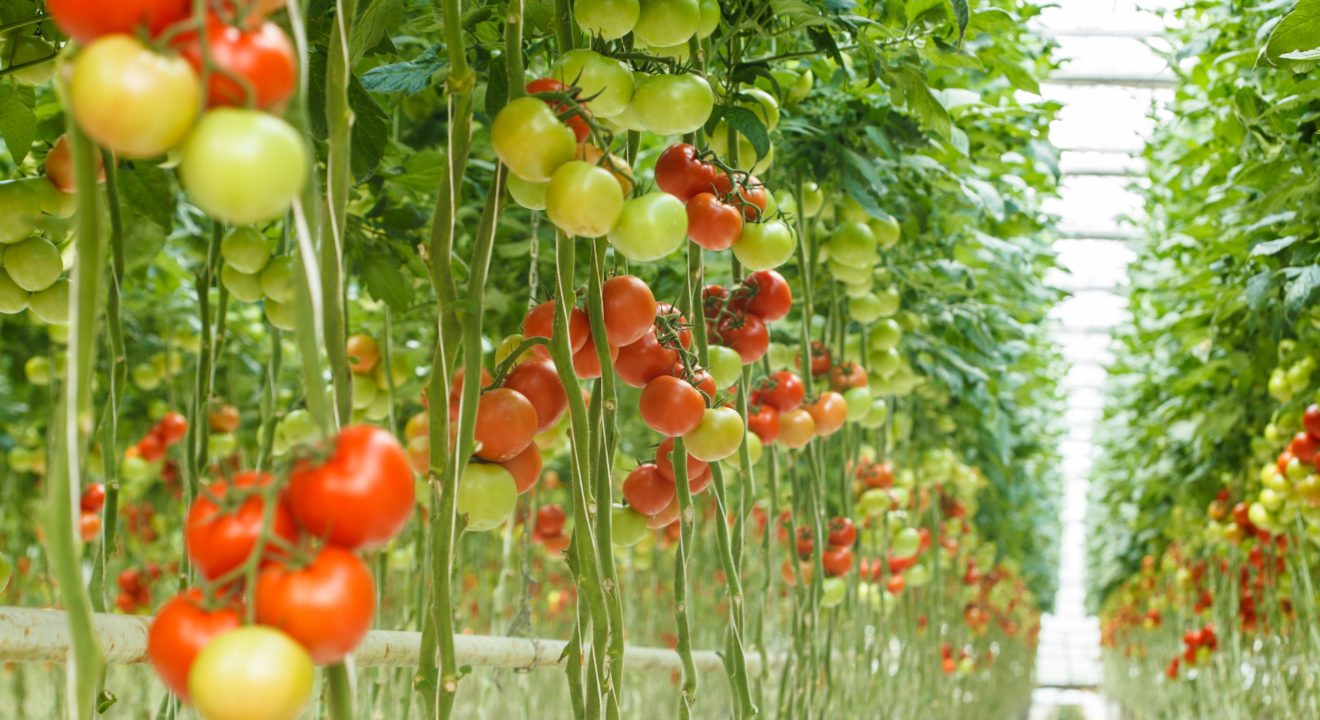February 21, 2017


What if we didn’t need soil to grow plants? What if all we needed was water? In a world where the land suitable for agriculture, and sources of usable water are diminishing, alternative solutions to traditional farming practices must be considered. Cue: hydroponics gardening systems.
So what is it exactly? It’s a farming system in which nutrient infused water and growing media (materials for the roots to grow around, like Rockwool or sand) are used instead of soil to grow plants. Pumps and tubes circulate the water, and certain kinds of artificial lighting (such as LED grow-light panels or T5 florescent lamps) act as sunlight for indoor farms. There are many different kinds of hydroponic farming, which are listed at the end of the article. But first, why is hydroponics so great?
The amount of space needed for hydroponically grown produce is significantly less. Hydroponics Gardening Systems claims that only ¼ of the space used for traditional farming is needed for a hydroponic farm. Gotham Greens, a hydroponic garden in New York City operates on a rooftop greenhouse. Gotham Greens, according to an article in the The New York Times, has made the understanding that hydroponic food is flavorless a myth, as it supplies food to happy restaurant chefs and supermarkets year round. An agriculture engineering professor and hydroponic designer from the University of Arizona, Gene A. Giacomelli, stresses that we need to “feed more people with fewer and fewer resources,” and hydroponics can provide a solution.
Another powerful reason for adopting hydroponic agricultural systems is that it uses 90 percent less water than soil farming. Agriculture sucks up 70 percent of the readily available freshwater on Earth, so this is huge. What’s more is that with certain systems, like those in the Netherlands (and now in other parts of the world too), water can be recycled 2-3 times, so it’s extremely effective in places where there are droughts of periods of dry seasons.
Produce also grows 30-50 percent faster in a hydroponic system. Not only that, but the plants are healthier! Because the water is nutrient rich, and the pH has been balanced, the plant roots don’t have to work to find minerals from the soil, which allows them to grow quicker and produce more yield. And say goodbye to fertilizers! Without soil, this traditional farming necessity is no longer needed. Hydroponics significantly reduce the use of pesticides as well, because pests, funguses, and plant diseases aren’t as likely to permeate the system.
Now you can even grow foods hydroponically in your house or apartment. You can buy a kit, or DIY using recycled materials! If you’re going to go the DIY route, prepare for some work, because these systems can be complex (see: window farming). The kits are very straightforward and pretty easy to manage. IKEA has recently launched their own indoor hydroponic garden in Europe, which boasts that anyone with or without gardening experience can use it—as long as there is water available.
And here are some different kinds of hydroponics:
The nutrients are taken up from the reservoir from a wick into the growing medium.
Plant roots hang in the air and are misted every few minutes with a nutrient solution to ensure they don’t dry out.
Plants float at the top of the grow tray in a material like Styrofoam while nutrients and oxygen are pumped through an air stone below them.
A timer turns on the water system that drips the nutrient solution from a reservoir into the plants
The grow tray is temporarily flooded with solution, then drained back to the reservoir. The flooding and draining will happen multiple times a day.
Land degradation, scarcity of water, and produce productivity rates all support the use hydroponics for commercial agriculture. By making hydroponics the norm, we could all greatly reduce our environmental impact through our current agricultural methods. After all, the resources we need to survive are labeled as limited for a reason.